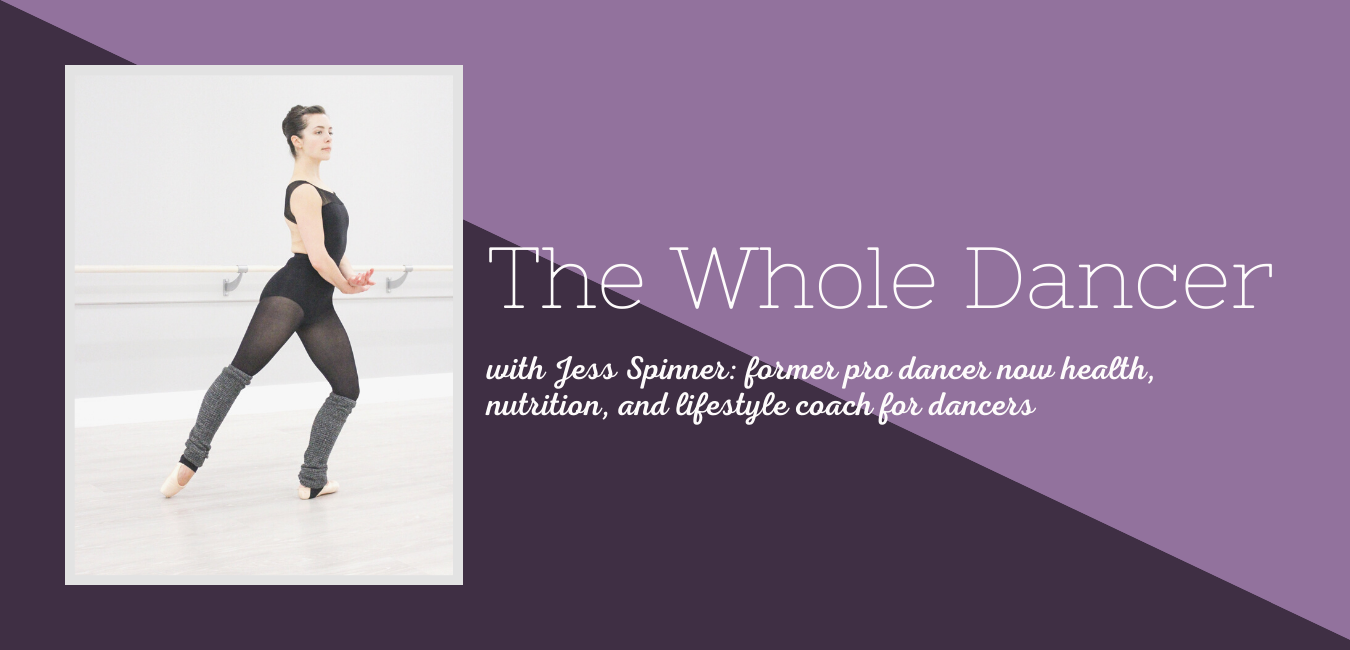As we approach the start of the performance season, some dancers may be facing a stretch of unscheduled time as they come to the end of their offseason. Offseason, in this case, is a bit of a misnomer.
Despite being out of season and away from their primary company or conservatory, dancers tend to pack the time, synonymous with rest and recovery in other performance domains, with activities that match or exceed the rigors of a performance season.

With the new season looming and intensives ending, some dancers may be feeling pressure to make their last few weeks count. There’s no harm in wanting to make the most of the rest of the summer, but that impulse can be dangerous if it’s driven by one of the most dangerous misconceptions about performance: the belief that all effort is good effort.
This idea can drive a dancer to overexert themselves at the expense of their physical and psychological needs, and often escalates during performers’ downtime. Here are some ways that belief can manifest in performers, the risks of each of those perspectives, and what performers can do to develop a better relationship with their understanding of effort.
The Mastery Trap:
One of the most challenging things about managing our mind and body when we’re pursuing mastery is quieting that little voice that screams “I have to get better.” Every skill, no matter how inconsequential, requires practice to master.
Dance already has a bit of a problem with setting boundaries on how hard and often performers should practice a skill, and that pattern escalates during the offseason. Anyone who is put in a competitive environment like an intensive or audition will feel the urge to stubbornly push through difficulty, pain, and fatigue to perfect a skill.
But here’s the thing: Improvement isn’t linear. Sometimes a skill just clicks, but more often it takes more time than effort to feel comfortable with a particular movement or variation. It can be challenging for a talented artist to accept that some skills won’t come as easily as others, and it’s very common for dancers to push their limits in an attempt to force progress.
In extreme cases this can lead to injury and burnout, but even in small doses those obstacles can be problematic for performers. Everyone has a limited supply of attention to commit to training and performance, and whether dancers realize it or not, the frustration, soreness, and fatigue pulls some of those resources away from their training and negatively impacts the quality of both training and performance.
The Everyone-Else Problem
Comparison is one of the routes that lead to dancers justifying the suffering described in the previous section. There isn’t anything wrong with assessing competition, but it can become a problem when that assessment starts to inform your personal expectations.
It’s a danger that can be compounded by social media and any dance-related content, largely because we’re never getting the whole story when we’re assessing someone else’s progress.
The progress and accomplishments that we observe in others doesn’t include the failures, mistakes, and frustration that led to that accomplishment, and without that information it’s easy to believe that those negative experiences are abnormal.
Expectations aren’t the only thing influenced by a dancer’s perception of others. The standards of effort that dancers hold for themselves can also be affected by seeing what other dancers are doing with their time.
Comparison forces attention to external factors, which can make it even harder to recognize when our mind and body are reaching their limit. The individual competition of ballet makes it virtually impossible to ignore what other dancers are doing, so suggesting that dancers simply ignore their fellow performers is silly.
With that said, it’s important to recognize why that dancer might be looking to their peers. If they hope to gauge how hard they should be working, they’re creating an unattainable standard for themselves, because there will always be someone who looks like they’re working harder than you.
What about my future?
If I had to summarize the guidance I offered in the previous two sections, it’s to remain in the present. Dancers who develop an awareness of their boundaries, goals, and expectations and let that understanding inform their effort will more easily avoid many of the pitfalls that can lead to overexertion, injury, and burnout.
However, the future is a looming threat for many dancers. There is no way to predict how an artistic director or choreographer will respond to your effort and progress, and that lack of control can lead dancers to push themselves beyond their limits.
We’ve discussed the dangers of impermanent goals and expectations, and this is the ultimate example of how dangerous they can be to a performer. Not only is the dancer’s attention forced to the unknown expectations of their company or conservatory, but their mindset shifts from a desire to improve to a desire to satisfy those expectations. And without knowing those expectations, that effort will never be enough.
So let this be the takeaway of this section: Your future is not guaranteed. There is no way to predict how someone will respond to the effort you’ve put forth this summer or the progress you’ve made, and no amount of work will make those any more predictable.
There are, however, some predictable outcomes for a dancer who gets stuck in the belief that all effort is good effort; all of which are greater threats to their career than the unknown of a director’s personal preference. Injury is the obvious outcome for a dancer who doesn’t attend to their physical needs, but burnout is another common outcome for dancers who push themselves outside of their boundaries or let others’ effort inform their work ethic.
What can you do?
Now I’m not so blind to irony that I’ll offer an exhaustive list of things to do in an article that calls for doing less, but there are some small steps you can take to develop a healthier relationship with effort.
First, build awareness of your individual boundaries, both physically and emotionally. Taking five minutes before bed to do a body scan can not only give the dancers an idea of where physical fatigue is setting in but also give some idea of how emotional and cognitive fatigue are affecting them.
Second, think about the boundaries and expectations that are being set by your support network. It can be hard to avoid comparison in a studio environment, so it’s important to make sure that your relationships outside of dance don’t also prompt those dangerous thought patterns.
Collaborating with your peers and support network to set and hold goals and expectations can be a great way to create some accountability and limit the temptation to let other people inform individual effort.
Finally, start small! Remember that the time you’ve dedicated to training your body vastly exceeds the time you’ve committed to training your mind. The lessons of this article not only apply to the effort you put forth for the remainder of the summer, but they also can be valuable for any dancer starting the process of developing strategies for their psychological wellness.
Guest Post by Bill Reid
Bill Reid is the co-founder of Persistence Psych, which provides psychological support for athletes and performing artists to help them in their pursuit of performance excellence. Along with his co-founder Arianna Shimits, Bill has worked with individual dancers, conservatories, and professional companies for the last few years, adapting the principles of sport and performance psychology to support the performing arts. To learn more, visit persistencepsych.com or contact Arianna and Bill directly @persistence.psych on Instagram or at info@persistencepsych.com.
